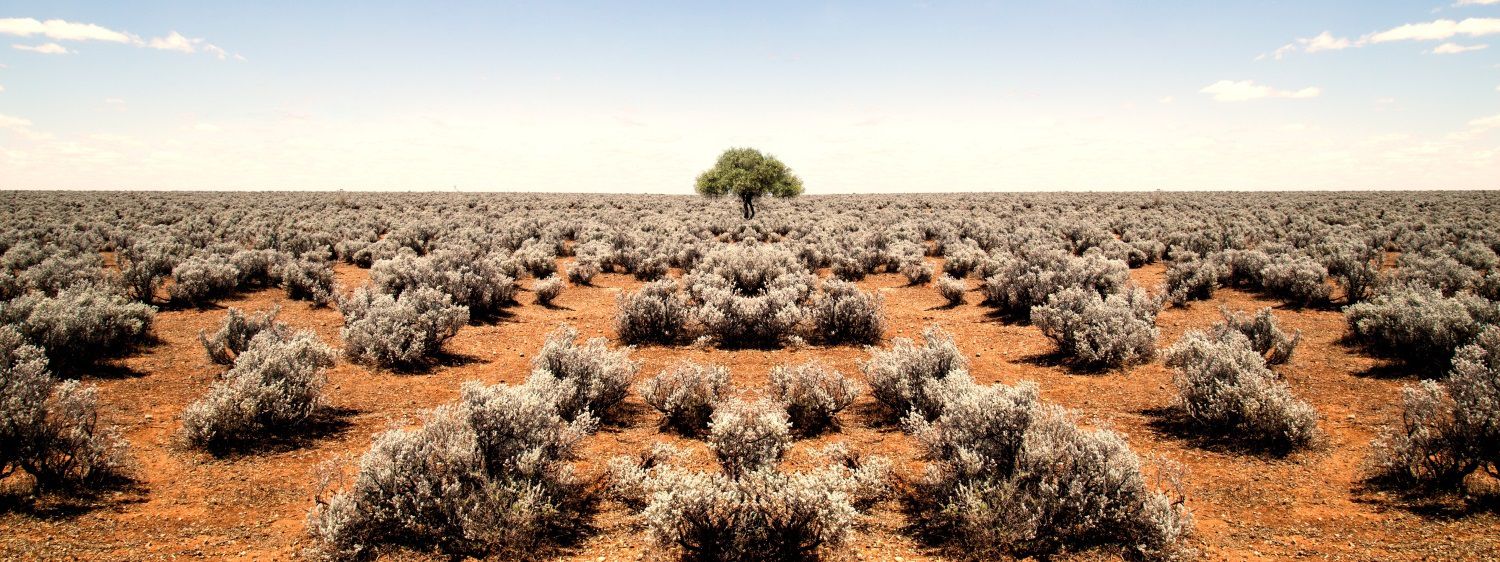SILO
Australian climate data from 1889 to yesterday
SILO is a database of Australian climate data from 1889 to the present. It provides daily meteorological datasets for a range of climate variables in ready-to-use formats suitable for biophysical modelling, research and climate applications.
SILO is an enabling technology which allows users to focus on their research, without the burden of data preparation. SILO products support research through providing:
- national coverage, with infilled values for missing data, and
- datasets being model ready, in a variety of formats.
SILO is delivered by the Climate Projections and Services team within the Queensland Treasury. The data system began in 1996 as a collaborative project between the Queensland Government and the Australian Bureau of Meteorology (BoM) sponsored by the Land and Water Resources Research and Development Corporation. The datasets are constructed from observational data obtained from BoM and other suppliers.
SILO provides the climate inputs for Long Paddock products such as the FORAGE suite of online property reports, as well as the AussieGRASS rainfall and pasture growth outlooks.
SILO climate data are freely available under the Creative Commons Attribution 4.0 International (CC BY 4.0) licence.
SILO uses mathematical interpolation techniques to construct spatial grids and infill gaps in time series datasets. Users are advised to understand the implications and accuracy of using interpolated data. Scientific papers on SILO are available.
SILO data are not intended for use in climate change detection studies. Small data movements caused by climate change can be easily confounded by changes resulting from instrumental biases and relocating recording stations. For climate change detection we recommend using the Bureau's ACORN-SAT and High-Quality datasets.
Get point data

Continuous daily time series of data at point locations across Australia.
Access gridded data

Gridded daily climate surfaces which have been derived either by splining or kriging the observational data.




